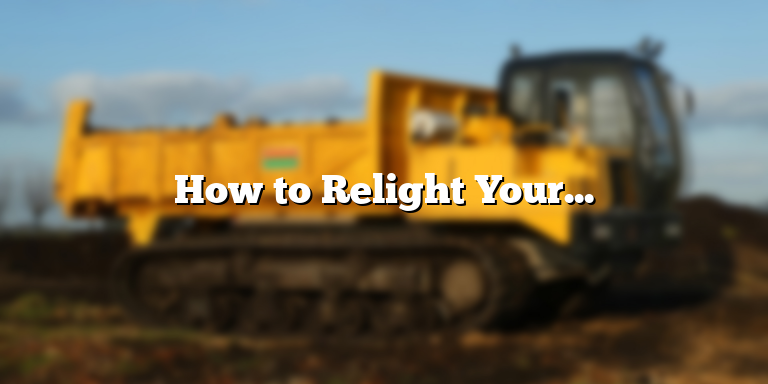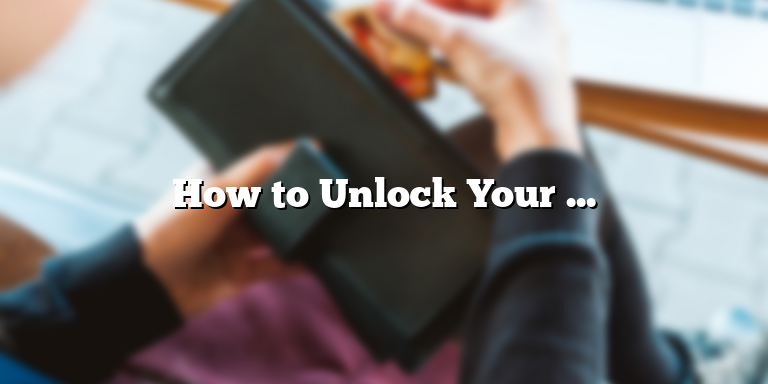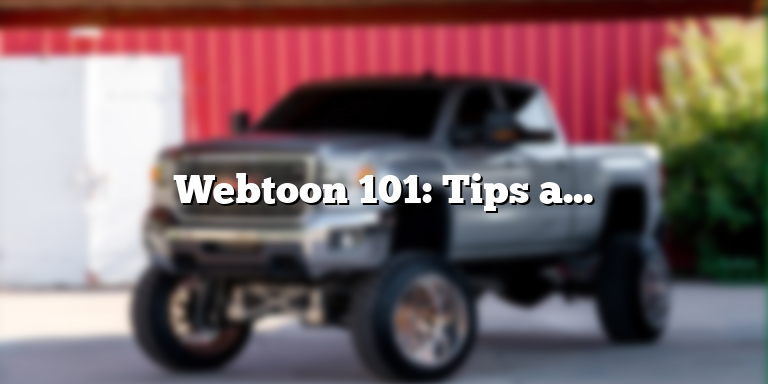
What is a Lifting Belt?
A lifting belt is a piece of equipment specifically designed to help weightlifters improve their performance and prevent injuries during heavy weightlifting. Made of leather, nylon, or other durable materials, a lifting belt is usually worn around the torso, at the level of the lower back. The belt is then tightened securely, providing additional support to the core muscles, and increasing intra-abdominal pressure.
The main purpose of a lifting belt is to enhance spinal stability and reduce the risk of injury during heavy or maximal lifts. The belt can also improve performance by increasing strength and power through increased intra-abdominal pressure, allowing the lifter to lift more weight.
Lifting belts are not just limited to powerlifters or strongmen, but can be used by anyone who engages in weightlifting, whether they be recreational or competitive lifters. However, it’s important to note that lifting belts are not a substitute for proper technique and form, and should be used in conjunction with good lifting habits.
When Should You Wear a Lifting Belt?
If you’ve ever watched a powerlifting competition, chances are you’ve seen athletes wearing weightlifting belts. These belts are designed to provide support and stability to the lower back during heavy lifts. But when should you wear a lifting belt during your own training sessions?
First, it’s important to understand the purpose of a weightlifting belt. Contrary to popular belief, a lifting belt doesn’t actually support your back. Instead, it increases intra-abdominal pressure, essentially allowing you to create a “stiff” core. This stiffness helps to prevent spinal flexion and extension, which is crucial when lifting heavy weights.
So when should you consider using a lifting belt? The answer is simple: during heavy, compound lifts. These include exercises like squats, deadlifts, and overhead presses. During these lifts, your lower back is put under a lot of stress. By wearing a lifting belt, you can increase your intra-abdominal pressure and help to stabilize your spine, reducing the risk of injury.
However, it’s worth noting that using a lifting belt shouldn’t be a crutch. If you’re using a belt as a substitute for proper form and technique, you’re doing yourself a disservice. A weightlifting belt is a tool, not a solution. If you’re not lifting with proper form and technique, you’re only increasing your risk of injury.
It’s also important to remember that not everyone needs to wear a lifting belt. If you’re new to lifting, you may not need a belt right away. Instead, focus on building a strong foundation of strength and technique before adding in a belt. If you’re an experienced lifter, a belt can help you lift heavier weights and reduce your risk of injury, but it shouldn’t be relied upon as a crutch.
In summary, wearing a lifting belt can be beneficial during heavy, compound lifts like squats, deadlifts, and overhead presses. However, it’s not a substitute for proper form and technique, and it’s not necessary for everyone. As with any piece of equipment, it’s important to use a lifting belt properly and only when it’s appropriate to do so.
How to Choose the Right Lifting Belt?
Weightlifting is an intense physical activity that requires a lot of strength, concentration, and careful consideration of safety precautions. One of the most commonly used pieces of equipment in weightlifting is the lifting belt, which is designed to support the lower back and prevent injuries while performing heavy lifts. Choosing the right lifting belt is crucial to ensure maximum performance and safety during your workout. Here are some tips on selecting the appropriate lifting belt based on individual needs and preferences.
1. Consider Your Level of Experience
The level of experience is a crucial factor when choosing a lifting belt. If you are a beginner, a lightweight belt can be a good starting point. A lightweight belt is usually narrower and provides less support, but it is easier to handle and allows more range of motion during exercises. Intermediate and advanced lifters may benefit from a wider and more rigid belt that provides more support to the lower back and abdomen. Remember, the aim of lifting belts is to reinforce your natural core strength, not to substitute it.
2. Look for Quality and Durability
When it comes to lifting belts, quality and durability should be a top consideration. The belt should be made of high-quality materials that can withstand the wear and tear of regular use. Leather is the most commonly used material for lifting belts because of its durability and firmness. The buckle used to fasten the belt should also be sturdy and made of high-quality materials to avoid accidental slips during lifting.
3. Measure Your Waist and Choose the Right Size
Choosing the right size of the lifting belt is critical to ensure maximum support and comfort. Measure your waist at the level of your navel, then choose a belt that matches that measurement. Avoid selecting a belt that is too tight or too loose, as it can impede your movements and fail to provide the support you need. Most of the lifting belts in the market come with a sizing guide; make sure you follow it to select the right size.
4. Determine the Type of Exercises
The type of exercises you do will impact the type of belt you choose. Powerlifters typically use a thick and rigid belt, while Olympic lifters prefer a more flexible belt that allows more mobility. If you commonly perform different types of lifts, you may want to consider a versatile belt that can accommodate the different movements you do, such as squats, deadlifts or overhead presses.
Conclusion
The type of lifting belt you choose is a personal decision that depends on your level of experience, the type of exercises you perform, and your individual preferences. Remember to select a high-quality and durable belt that matches your waist size, fits comfortably, and provides the right level of support for your lifts. By considering these tips, you’ll be well on your way to selecting the best lifting belt for your workout routine and needs.
How to Wear a Lifting Belt?
If you’re doing heavy squats, deadlifts, or any other compound exercise, a lifting belt can provide extra support for your lower back. But before you put one on, it’s important to know how to wear it correctly. Here are some instructions on how to wear a lifting belt, including how tight to adjust it and how to position it on the body.
Step 1: Measure Your Waist
Before you buy a lifting belt, you need to know your waist size. Use a tape measure to measure around your waist, just above your navel. This will give you an accurate measurement of the size of the belt you need.
Step 2: Adjust the Belt
Once you have your lifting belt, make sure it’s adjusted to the right size. Start by fastening the belt so that it’s snug, but not tight. You should be able to fit two fingers between the belt and your body. If the belt is too loose, it won’t provide the support you need. If it’s too tight, it will restrict your breathing and movement.
Step 3: Position the Belt
Position the belt around the lower part of your back, just above your hips. Make sure it’s centered on your spine and that the buckle is facing outward. The back of the belt should cover your lower back muscles to provide support during your lifts.
Step 4: Tighten the Belt
As you prepare for your lift, take a deep breath and brace your core muscles. This will create pressure in your abdomen, which will push against the belt and tighten it even more. Make sure the belt is snug but not cutting off your circulation or making it hard to breathe.
Conclusion
Wearing a lifting belt can provide extra support for your back during heavy lifts. But it’s important to wear it correctly to get the most benefit. By following these instructions on how to wear a lifting belt, you can ensure that you’re getting the support you need without restricting your movement or breathing. Remember, a lifting belt should never be a replacement for proper form and technique, so make sure you’re using it in conjunction with good lifting habits.
Benefits and Risks of Lifting Belts
Weightlifting, as an enjoyable and effective form of exercise, has growing popularity among fitness enthusiasts worldwide. The use of lifting belts is commonly debated upon in weight training circles. As such, it is important to examine the benefits and risks of incorporating a lifting belt into your weightlifting routine.
Benefits of Using a Lifting Belt
Lifting belts are primarily designed to provide support to your lower back during heavy lifting. As you may already know, the lower back is one of the most commonly injured areas in weight training. By putting on a lifting belt, you reduce the stress and strain on your lower back muscles, joints and bones, which in turn can prevent pain and potential injuries.
Another benefit of using a lifting belt is that it can help improve your lifting technique. When you wear a belt, you are forced to breathe more deeply into your stomach, which leads to an increase in intra-abdominal pressure. This added pressure helps to stabilize your spine, which can make it easier to lift heavier weights with correct form.
Using a lifting belt can also help you increase your lifting numbers. By lowering the stress and strain on your lower back, you can lift heavier weights more comfortably, which can help increase your strength and power over time.
Risks of Using a Lifting Belt
While using a lifting belt can be advantageous, there are also certain risks involved if not used properly. The most significant risk is that using a belt can create a false sense of security, leading to poor technique and increased risk of injury. Simply relying on a lifting belt to do the work of protecting your lower back can make it more likely for you to push your limits and lift beyond your capacity, which can result in serious injury.
Another risk of using a lifting belt is that it can restrict your breathing, leading to a decrease in performance. When you are lifting a heavy barbell or dumbbell, it is crucial to have adequate oxygen flow to your muscles. A lifting belt that is too tight can inhibit your ability to breathe deeply.
Conclusion
In conclusion, using a lifting belt can be beneficial to incorporate into your weightlifting routine, but also poses potential risks. When used correctly, lifting belts can support your lower back, help improve your lifting technique, and increase your lifting numbers.
On the other hand, using a lifting belt incorrectly can promote reliance on the device and ultimately lead to a greater risk of injury. It is also important to use the belt appropriately and with the right amount of tightness to avoid restricting your breathing. Use your best judgment and consider working with a fitness professional to ensure you use the lifting belt correctly and safely.






